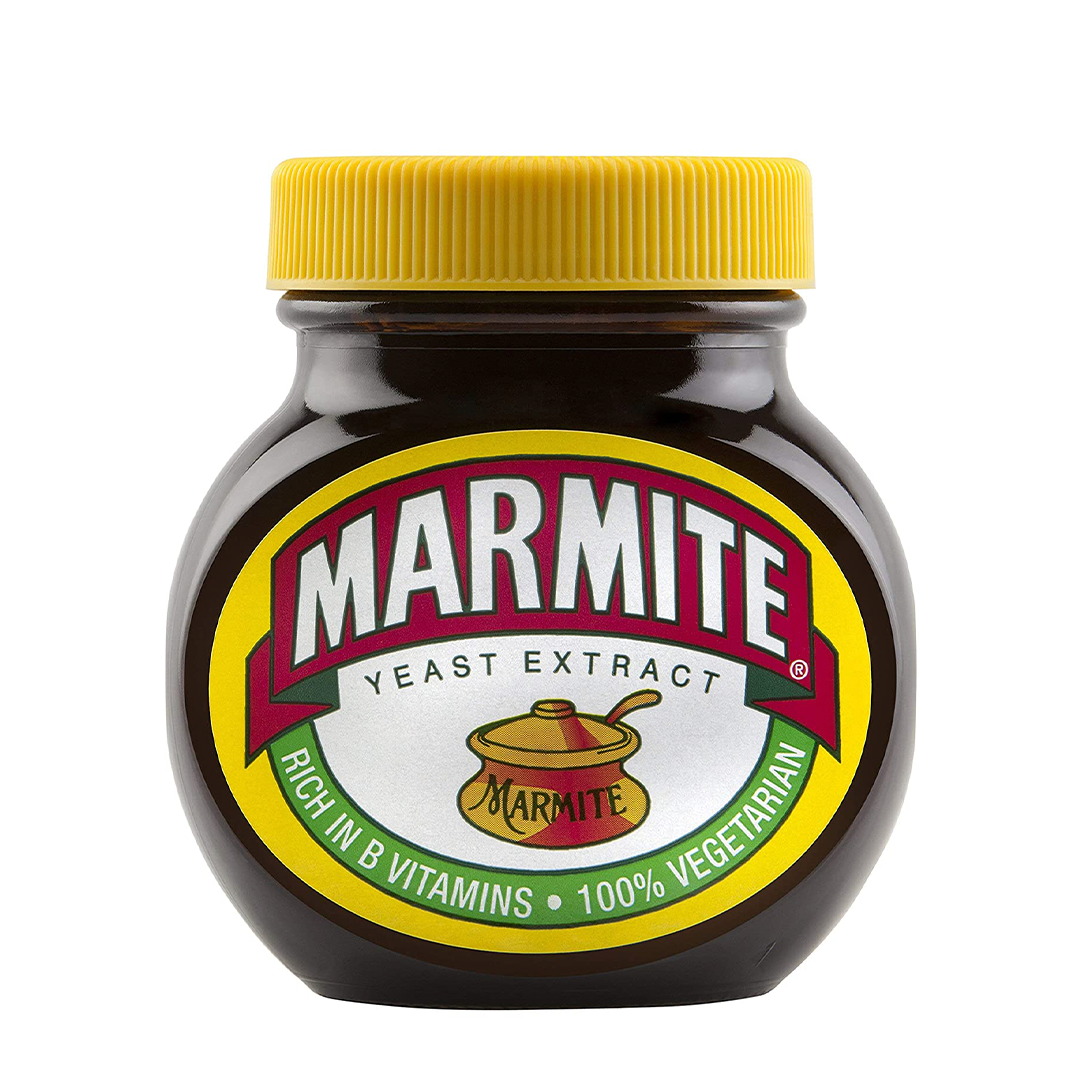I’m sick of having to look up what country an author is from to know which variant of teaspoon they’re using or how big their lemons are compared to mine. It’s amateur hour out there, I want those homely family recipes up to standard!
What are some good lessons from scientific documentation which should be encouraged in cooking recipes? What are some issues with recipes you’ve seen which have tripped you up?
Autist and scientist here: you’re thinking of baking. Baking is the science one, cooking is infuriating because all of those really vague and inaccurate instructions are in fact as precise and accurate as they need to be. Seasoning is done with the heart, you do have to stir or knead u ntil it “looks right”, “a handful” is the right amount to add. The only way to find the “right” amounts is to cook over and over until you instinctively know what enough looks like.
Anyway the ingredient I really really hate is from Jamie Oliver’s “working girl’s” pasta, where he lists “2 big handfuls of really ripe tomatoes”. I HAVE CANNED TOMATOES YOURE GETTING CANNED TOMATOES JAMIE, I DONT HAVE FUCKING TIME TO GO LOOKONG FOR REALKY RIPE TOMATOES
Also standard teaspoon is 5ml. Just use that and taste to see if it needs more.
not exactly an answer to what you ask but I wanted to share this knowledge: https://developers.google.com/search/docs/appearance/structured-data/recipe
its a standard(ish) schema that many popular recipe websites use, so you can very easily parse them and do unit conversions
This would only make sense, if all people were baking with the exact same ingredients, in the exact same environment, with the exact same equipment. You know, like in a factory.
For households and the like, it makes sense to have a bit of variation, until you find the way that makes it perfect for you.
So you’re basically telling chefs to research and write out for you all the variables?
Baking is a science, cooking is an art.
Every recipe handed down through generations has notes, changes, etc…that’s what makes it beautiful.
I am lucky to have my grandmother’s cook book with 3x5 index cards hand written, with the date and whom the recipe is from…but I don’t use lard in her Ginger Bread recipe from 1932.
There is no exact science you’re looking for, the garlic grown here won’t be the same as the garlic grown there, your experience won’t be the same as someone who has cooked for years saying ‘fuck it, throw that in there and let’s see what happens’.
…lol, amateur hour
Peer review…
Too many cooking sites are let’s exchange your recipe and end up with either stuff missing or absurdly high amount of sugar (as a rule of thumb divide by 2 the amount of sugar) or a lack of salt/spice even when they’re notsimply forgotten.
Published books tends to be a bit better as in principle they’re revised.
Peer review is how scientists correct that. Often it’s as simple as on figure 2, the labels are too small and sometimes it’s I don’t get how you’ve built your experimental setup can you clarify this section? It’s rarely catching biq mystake but really improves overall quality
At the end of the second paragraph, you’re missing a space between “not” & “simply”.
In you third paragraph, you used the singular “tends” instead of the plural “tend”. In addition, though I believe the sentence to be grammatically correct even without them, adding commas before & after “as in principle” would make the sentence a bit clearer.
Finally, your last paragraph. The second sentence is quite long, it would be more readable if you added commas before the “and” & after the second “it’s”. A comma could be placed just after “Often”, but the sentence remains legible even without it. The sentence could use quotation marks to improve readability further, which would end the sentence on a question mark followed by an ending quote. This would be grammatically correct in American English, but as the sentence is not a question, a period should be added to the end. While it may have been intentional, for comedic effect, “biq” should be “big” & “mystake”, “mistake”. If I’ve understood the sentence correctly, the newly-corrected “mistake” should be in its plural form, “mistakes”, and be followed by a comma. The sentence should also end with a period.
Not a scientist, but an easy improvement would be to use weight instead of volume for most measurements. “A cup of flour” can vary greatly depending on how compressed/dense it is.
Parametric recipes are great. The central ingredient is quantity 1 and everything else is a ratio by weight. You then scale it to your needs. So an equilibrium brine would be.
1 meat 1 water 0.03 salt Brine for 1 day per 2 inch of thickest section.
They don’t work for everything. So when baking a loaf of bread time and temp are spefic to loaf size. It still works for a batch of bread dough however.
This also helps you think in ratios which help general recipe construction. Once you know what flour to egg radio you like for your bread you can alter recipes to your preference.
I don’t
- Crack open 11% alcohol IPA that taste like battery acid
- Start cooking
- When in doubt, pour the IPA into the meal
Perfect meal everytime
Are your oven’s thermometer and kitchen scale within their calibration due dates? Is that timer NIST traceable? The measuring cups ARE Class A glassware, aren’t they? Please, at least tell me you’re getting your ingredients from certified suppliers… No, the spices from the dollar store down the road are most definitely NOT on the approved list, no matter how cheap they were! Dear Lord, how are you going to blame the recipies when your kitchen is still operating in the Dark Ages?
I’ve been cooking at home, and occasionally in restaurants, since I was about ten or so. So, 40ish years.
No single standard is better than the others. It does suck that there isn’t a single one that is used as a base, and then gets converted by the cook into their preferred units and structure, but even that has issues.
The good news is that most cooking, and even most baking, is very forgiving of the kind of discrepancies between sizes of lemons, onions, etc. You don’t really run into trouble until you’re dealing with things that react chemically based on the ratio of ingredients, which is still most common in baking, and not even all baking.
Even in those types of recipes, it’s usually flour that’s the problem, not leaveners, since flour compacts readily and to a high degree. But, then again, most modern recipes like that are going to be in weight measures, or in baker’s ratios. You’d be using a scale for the fiddly recipes.
So, generally, just guesstimate your produce size the first time you make something. It’s not going to be so far off that the results will suck if the dish itself doesn’t. Then you tweak things until it fits what you prefer, which is what happens anyway as you build your recipe book/collection.
My old recipe book had scribbled notes in the margins from years of refinements. When I copied that into a digital recipe manager, I added them in directly. Now, I’m able to just enter the original recipe, then add my notes as parentheticals or whatever as I refine.
Even with those detailed notes, a given recipe won’t always be reproducible as exactly the same. That’s because you just can’t standardize everything. You use good produce, there’s going to be varying water content, slight differences in flavor compounds, more or less sugars, so to get the same results over time, the cook has to know how to adjust for those things on the fly.
Of equal import is that no matter how scientific your process of recipe development is, the table is never the same as the cook. My taste buds and brain aren’t the same as my wife’s, my kid’s, my cousin’s, etc. So there’s limits to the benefits of standardized recipes on the plate.
Now, formatting? That’s a huge help.
You want your ingredient list to include instructions about when an ingredient is used in multiple places. You want lists broken down in sections when a recipe calls for multiple procedures (like making the main dish, a sauce, and a crust).
In the instructions, make sure the ingredient quantities are included for redundancy.
If there’s an instruction about duration that’s variable explain what the variables change. As in: bake for 10 to 15 minutes. Okay, great. What’s the difference? If my stove runs hot and I go for the short time, will I see golden brown, and will 15 be burnt or just really dark? Yeah, you can’t expect identical results from one circumstance to the next, but at least drop an “until golden brown” at the very minimum.
That applies to any variable, imo, but it can get to be too much detail in complicated recipe.
Cooking and baking are chemistry, physics. But they’re also an art. The more you try to strip a recipe of flexibility, the less successful it’s going to be for the next cook.
On thing that drives me nuts is weight measures for dry ingredients vs numerical egg measurements. Just give me ingredient ratios normalized to the egg mass.
At some point, food blogs stopped being about food and became personal memoirs with a side of seasoning. It probably started innocently enough—people sharing family recipes, adding a little background, a photo or two. But then came the SEO optimization, the Google gods demanding 1,500 words per post, and suddenly, every recipe for scrambled eggs begins with a story about someone’s childhood summer in Tuscany and how their Nonna taught them the sacred art of cracking an egg with one hand.
Now it’s standard: you search “how to make pancakes” and end up reading about a foggy morning in 2003, a breakup, a golden retriever named Milo, and how cooking became therapy. You scroll and scroll, dodging ads, autoplaying videos, and a pop-up asking you to “join the culinary journey.” Somewhere, buried like treasure, is the actual recipe—five steps long, could’ve fit on a Post-it note.
And yes, this is exactly that. This is the bloated preamble you didn’t ask for. You came here for temperatures and timings, and instead, you got this paragraph complaining about the very thing it’s doing. You’re now part of the cycle—scrolling, sighing, wondering when we collectively decided that roasting vegetables required a narrative arc.
Anyway, here’s the recipe. Probably. Keep scrolling.
avoid rigid recipes and prefer cookouts

OP right now
I’m out here wondering if there’s even one.
Ratios.








